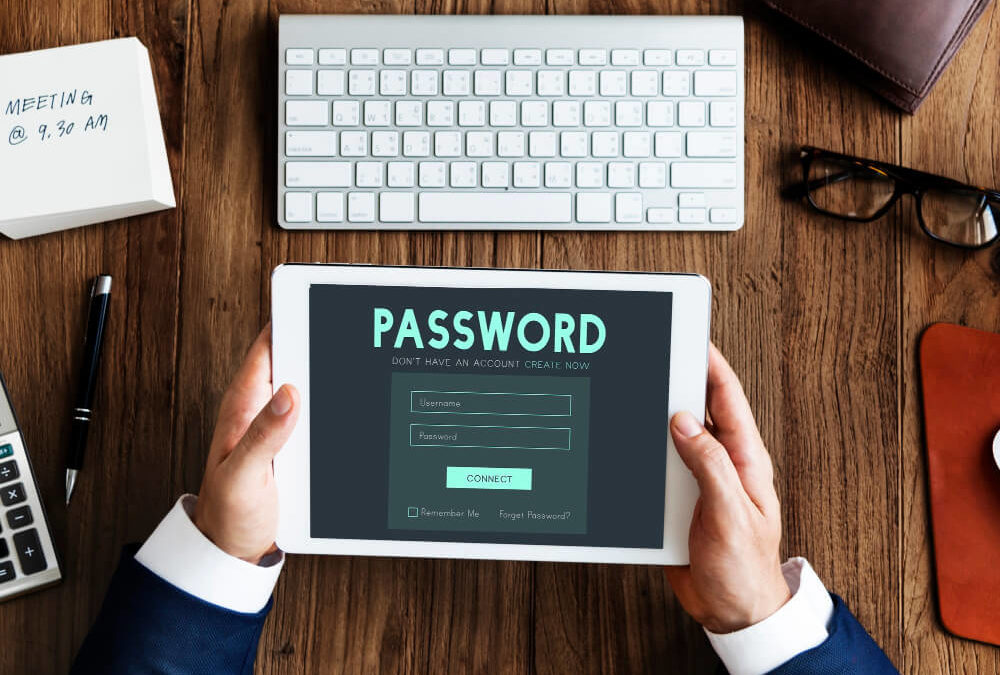In todays’ digital age the use of weak passwords remains a common cybersecurity mistake made by many individuals. Rather than creating complex and unique passwords, individuals often rely on easily guessable options such as “password123” or the name of their beloved pet. Unfortunately this opens up opportunities for cybercriminals to exploit the accounts and compromise sensitive information.
To counteract this risk, consider adopting the following suggestions:
- Create strong passwords with a combination of uppercase and lowercase letters, numbers, and special characters.
- Use unique passwords for each online account.
- Consider using a password manager to store and generate complex passwords securely.
Neglecting Software Updates:
Failing to keep software and applications up to date is another common mistake. Software updates often include critical security patches that address vulnerabilities. By neglecting these updates, you leave your devices and systems exposed to known security flaws. To mitigate this risk:
- Enable automatic updates for your operating system, antivirus software, web browsers, and other applications.
- Regularly check for and install updates manually if automatic updates are not available.
Phishing Attacks:
Phishing attacks continue to be a significant threat in the digital landscape. Cybercriminals use deceptive tactics to trick individuals into revealing sensitive information like passwords or credit card details. Protect yourself from phishing attacks by:
- Being cautious of unsolicited emails, especially those requesting personal or financial information.
- Verifying the legitimacy of a website by checking for secure connections (https://) and looking for trust indicators like company contact information.
- Avoiding clicking on suspicious links or downloading attachments from unknown sources.
Lack of Two-Factor Authentication (2FA):
Failing to implement two-factor authentication is a mistake that can lead to unauthorized access to your accounts. Two-factor authentication adds an extra layer of security by requiring a second form of verification, typically a unique code sent to your mobile device. Take advantage of 2FA whenever possible to enhance your account security.
Poor Social Media Practices:
Many individuals need to pay more attention to the potential risks associated with social media. Sharing personal information publicly, accepting friend requests from unknown individuals, or engaging in careless discussions can expose you to various threats. To protect yourself on social media:
- Limit the amount of personal information you share publicly.
- Be cautious when accepting friend requests and only connect with people you know.
- Adjust your privacy settings to control who can see your posts and personal information.
Safeguarding oneself against cyber threats necessitates a ceaseless commitment due to the ever evolving nature of cybersecurity landscapes. By consciously avoiding commonplace pitfalls in online security practices while embracing recommended guidelines by experts from various sources the risk factor associated with being targeted by digital adversaries can be drastically reduced.
Incorporate strong password choices along with maintaining their uniqueness; keep software up to date on a regular basis; remain constantly alert to phishing attempts; activate an additional layer of security in the form of two-factor authentication and practice discernment when utilizing social media are some essential steps which cannot be underestimated in today’s globally interconnected digital age. Implementing these actions will deliver personal protection. Safeguard your valuable data. And ensure a safe online presence that coexists harmoniously with the contemporary paradigms of society.
